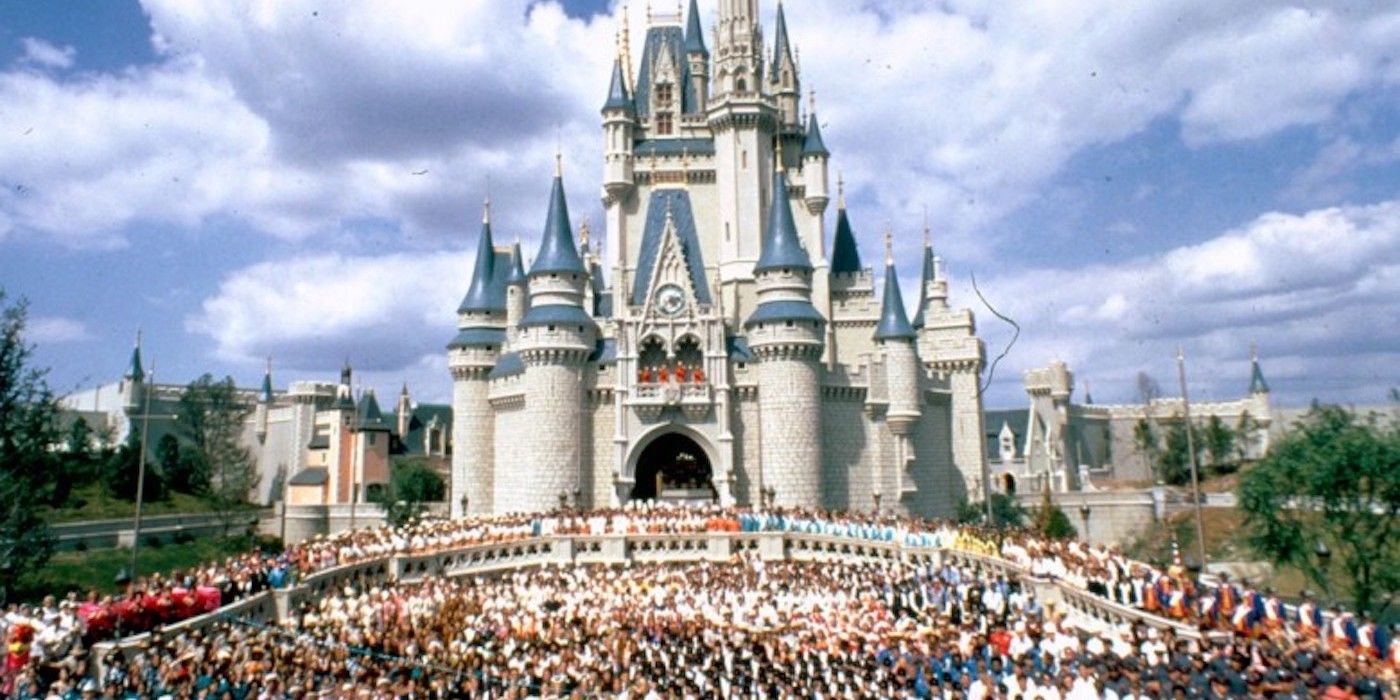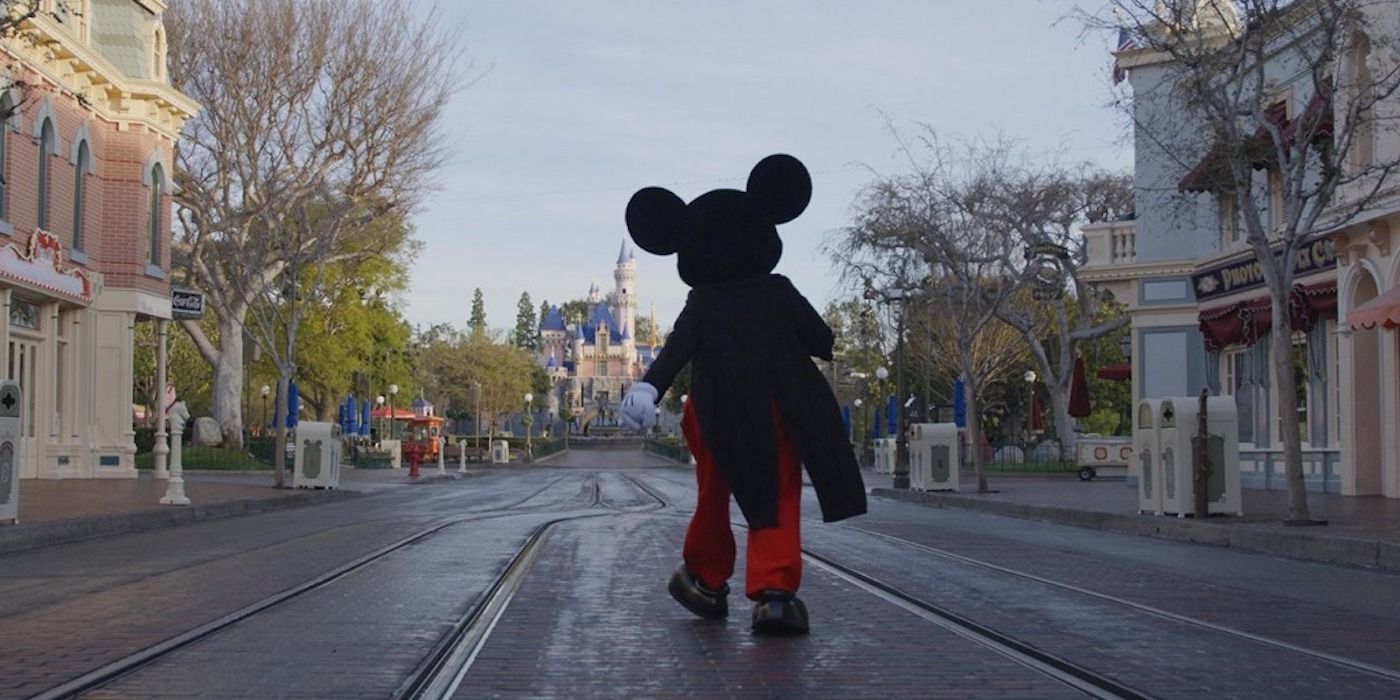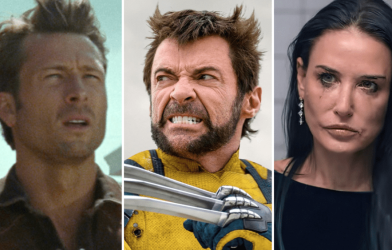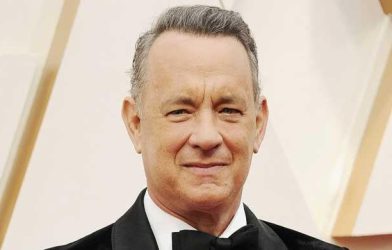The Big Picture
- Disney began filming in Orlando before the park was finished, with production starting a year before the opening in 1989.
- Walt Disney World’s Animation Studio produced hits like Mulan, Emperor’s New Groove, and Lilo and Stitch, which all helped shape the era of Disney animated films.
- High production costs, union strikes, Florida’s lack of film incentives, and box office flops led to the failure of Disney’s “Hollywood of the East” plan by 2016.
Going to Walt Disney World has become a rite of passage for many Americans, but there was a time when an entire industry tried to move out to the most magical place on Earth. Productions that shoot outside Hollywood, California, have become normal, with some of the industry’s largest projects shooting in Georgia, Vancouver, and internationally. But in the 1980s, leaving the safety of the pre-built studio backlots and warehouses was still experimental. That didn’t stop the Walt Disney Company from trying, however.
When Disney CEO Michael Eisner gave the green light for the Mouse House to build a movie-based theme park and with Universal looking to break ground on its own East Coast entertainment destination, both companies saw an opportunity to expand their upcoming facilities with a unique, new dynamic: Not only would these parks center on the magic and nostalgia of the movies, they would be functioning production facilities, complete with backlots, and top-notch production houses. Disney, in particular, wasted no time, beginning production for a plethora of films on the property before the theme park was even finished. Several animated classics were produced at the park. But what should have been a reinvention of the industry was soon phased out due to strikes, budgets, financial trouble, and political problems. Thus, the dream of a Hollywood of the East rode off into the sunset.
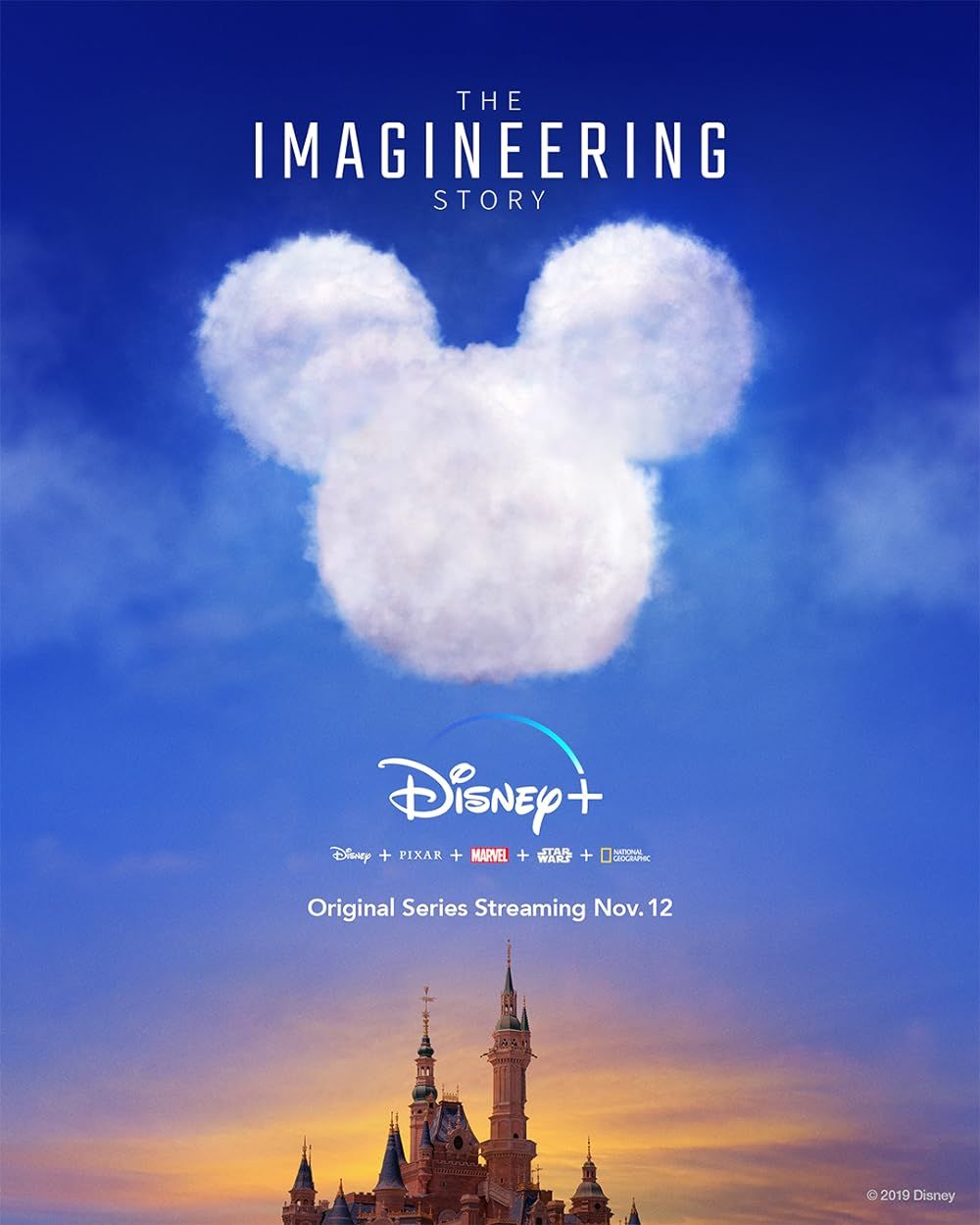
The Imagineering Story
The inside look into the Walt Disney Imagineering company.
- Release Date
- November 12, 2019
- Main Genre
- Documentary
- Seasons
- 1
Disney Began Filming in Orlando Before the Park was Finished
When Disney announced plans for what was then the Disney/MGM Studios theme park, the working studio aspect was one of the parks’ biggest draws, as referenced in the Disney+ series, The Imagineering Story, and several productions already planned to make use of the new facilities. In addition to the expansive backlots (which offered recreations of New York City, San Fransisco, and more real-life locales), the park contained state-of-the-art costuming and prop shops and a full-functioning animation studio. The theme park was slated to open in 1989, but production began the year before. Ernest Saves Christmas and Splash, Too used the live-action facilities, while the animation department took on ink and paint work on The Little Mermaid. Pre-park production continued in 1989 with the short film The Lottery, featuring Bette Midler, made solely for in-park demonstrations. Disney/MGM Studios opened on May 1, 1989. However, there wouldn’t be another live-action film shot on the property until the following year, when Quick Change began shooting in 1990, followed by Oscar in 1991 and Passenger 57 in 1992.
Consistent shooting didn’t begin again until 1996, and Universal Studios Florida, which opened its gates in 1990, also had sparse film production. Both parks had greater success with television production, with several Disney Channel shows, such as The All New Mickey Mouse Club and Adventures in Wonderland, using the production stages at Disney. TV timeless favorite, The Golden Girls, made slight use of one of the backlot sets when the studio recreated the exterior of the house that doubled as Blanche’s home at the park, though the interiors and the show itself were filmed on a soundstage in Hollywood. Nickelodeon moved on to Universal’s stages with shows such as Super Sloppy Double Dare and What Would You Do? filming there. None of the live-action films made at either facility proved to be classics. But Disney still had an ace up its sleeve in the way of production.
Walt Disney World’s Animation Studio was Responsible for Several Hits
Animation has always been Disney’s bread and butter. The animation studio has produced some of the most beloved films in the genre, not to mention countless iconic characters. After completing ink-and-paint work on The Little Mermaid at the park, the animation department began work on more animated films. Bay News 9 explained that the artists worked on roughly 10 minutes of The Rescuers Down Under in 1990 and assisted with animation on the “Be Our Guest” sequence of Beauty and the Beast in 1991. The department would continue such assisting work from 1992 through 1996, with Aladdin‘s Princess Jasmine animated at the facility and sequences of The Lion King, Pocahontas, and The Hunchback of Notre Dame contributed by its animators. But then came Mulan.
Mulan has become one of the most beloved Disney animated films. It was so popular that it even received the live-action remake treatment. According to Bay News 9, it was the first Disney animated film largely created at Disney/MGM Studios. It paved the way for the films that followed, including The Emporer’s New Groove and Lilo and Stitch. But, despite successful animation produced at the park and a slew of live-action productions underway, the dream of Hollywood of the East soon began to crumble.
Why Did Disney’s ‘Hollywood of the East’ Fail?
With the animation department at Disney/MGM Studios having produced successful films and the live-action facilities established, it seemed Disney’s idea to make Florida the “Hollywood of the East” might work. But a series of events would see the efforts soon riding off into the Florida sunset. The first issue was with that of live-action production. While both the studios at Disney and Universal struggled to produce successful films, they both had several television programs that worked. However, the cost of transporting talent, industry experts, and the means needed to make the facilities useful were expensive, and according to the Orlando Sentinel, a looming union strike of the International Alliance of Theatrical Stage Employees at Universal served as the first real pivot back to Hollywood. It was due to the strike that Nickelodeon moved production out of Universal. Between transportation costs and the strike at Universal, Disney began to slow down production at their park, as well.
On the animation front, the once great animation powerhouse experienced a series of flops, and following the box office disappointment that was 2004’s Home on the Range, Disney elected to close several of its animation studios outside of California, including the facility in Orlando. The final nail in the coffin for production at the park came in 2016. Deadline reported Florida scrapped its film incentives program, meaning it would cost studios more to film in the state. The move was devastating for industry locals. As South Florida-based casting director Ellen Jacob told Deadline: “The loss of incentives has hurt everyone in the industry… It’s hurt the casting directors, the talent agencies, the actors, and the vendors. It’s hurt people paying their mortgages, and so many support businesses. It’s hurt the local markets and gas stations and lumber stores. It’s hurt so many people.”
Though production at Walt Disney World had slowed by 2016, it was officially dismantled with the incentive’s end. To date, no films have since been produced on the property, except for an infamous illegal production, and Disney/MGM Studios, now known as Disney’s Hollywood Studios, has shifted away from a working studio park to that of an immersive movie experience. Disney’s plan for a “Hollywood of the East” was ambitious. Before they even opened the Disney/MGM Studios theme park, the grounds were already utilized for both live-action and animation production. Ultimately, costly production, legal issues, and box office failures shuttered the production houses that once adorned the park’s land, but the effort serves as a fascinating time in Disney and film history.
The Imagineering Story is available to stream on Disney+

